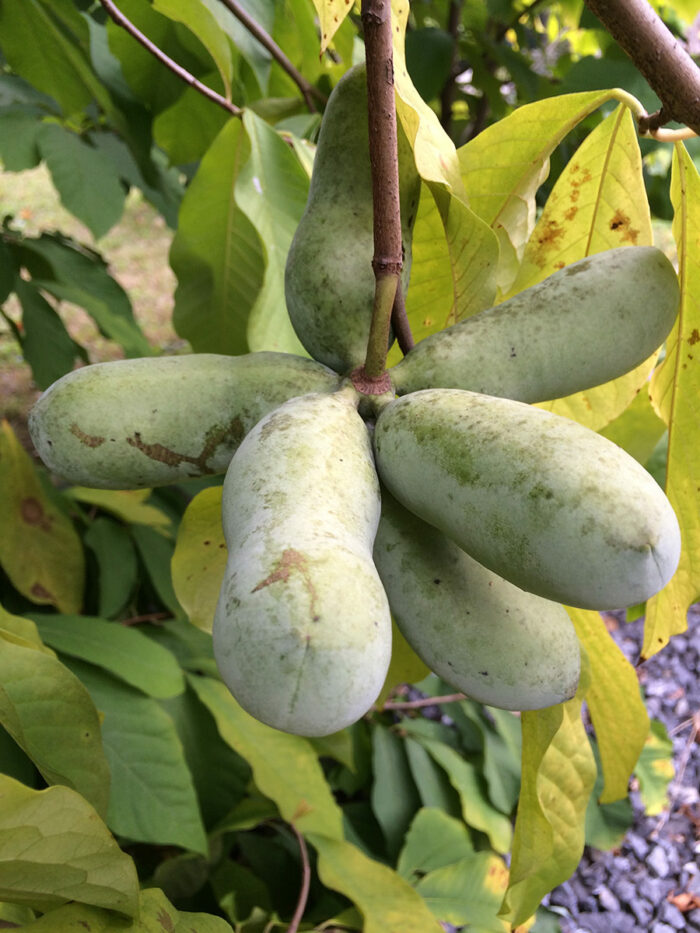
Happy Monday GPODers!
We’ve got a very educational submission today, courtesy of a very intrepid couple who have taken an appreciation for plants and transformed it into a lifestyle that allows them to inspire and educate on their amazing land in Stone Ridge, NY that they share with the public. Instead of looking at garden beds or container plantings (though, we might be able to encourage them to share more photos of their incredible arboretum and botanical garden if we’re lucky), today we’re learning about an important and beautiful native tree.
Our gardening journey started 25 years ago when we moved to the lower Hudson Valley in New York. As visual artists, we first put in plants that were for our artwork, those that had interesting seedpods and flower parts as well as those that attracted interesting insects. We also knew we wanted cold-hardy fruit trees and, after doing some research, decided to put in several pawpaw trees (Asimina triloba, Zones 5–8) since we had heard the trees would take at least ten years to start fruiting. We also planted faster-growing fruiting plants like blueberries, blackberries, peaches and elderberries to name a few.
Fast forward and the 3-acre property of mostly grass has blossomed to a total of 21 acres, which is now a nonprofit level II arboretum-botanical garden that is open to the public to inspire and educate. With over 100 types of fruit and nut plants, pawpaws remain one of our most anticipated and beloved crops. The fruit ripens in mid to late September in our zone 6b growing environment, and since pawpaws are not sold at most commercial markets because of their short shelf-life, this is a great fruiting tree for a home gardener. Their fruit tastes like a combination of creamy mango/banana/vanilla custard.
We feel they are best enjoyed fresh, by cutting the fruit and squeezing out the pulp. Over the years we have figured out that the bountiful harvests a tree can produce can be dealt with by freezing any of the extra ripe fruits. After twenty minutes of thawing, the partially frozen pawpaws are like having pawpaw ice cream, without the extra fat and sugar. Delicious!
These trees can get large, so give them plenty of space to grow. They make a great ornamental shade tree because of its tropical-looking foliage.
Since you need more than one tree for pollination, we planted several of these native trees, both the straight species and the cultivated varieties bred for earlier ripening and larger fruits. We had read that only a carrion fly would pollinate the strange-looking burgundy flowers that face downwards. The blossoms are said to emit a smell like rotting meat to attract these flies, but they don’t smell that bad to us. Over the years, we have seen many different types of fly species visit the flowers. Since flies can be lazy pollinators, we occasionally use a paintbrush to hand-fertilize the flowers to ensure that we are bestowed with a lot of fruit. This allows us to share with garden visitors who have never tried this tasty and unique fruit, or have them planted and are waiting for the lucky day when their trees will finally mature enough to start fruiting!
Allyson Levy and Scott Serrano, Executive Directors & Co-Founders of Hortus Arboretum and Botanical Gardens
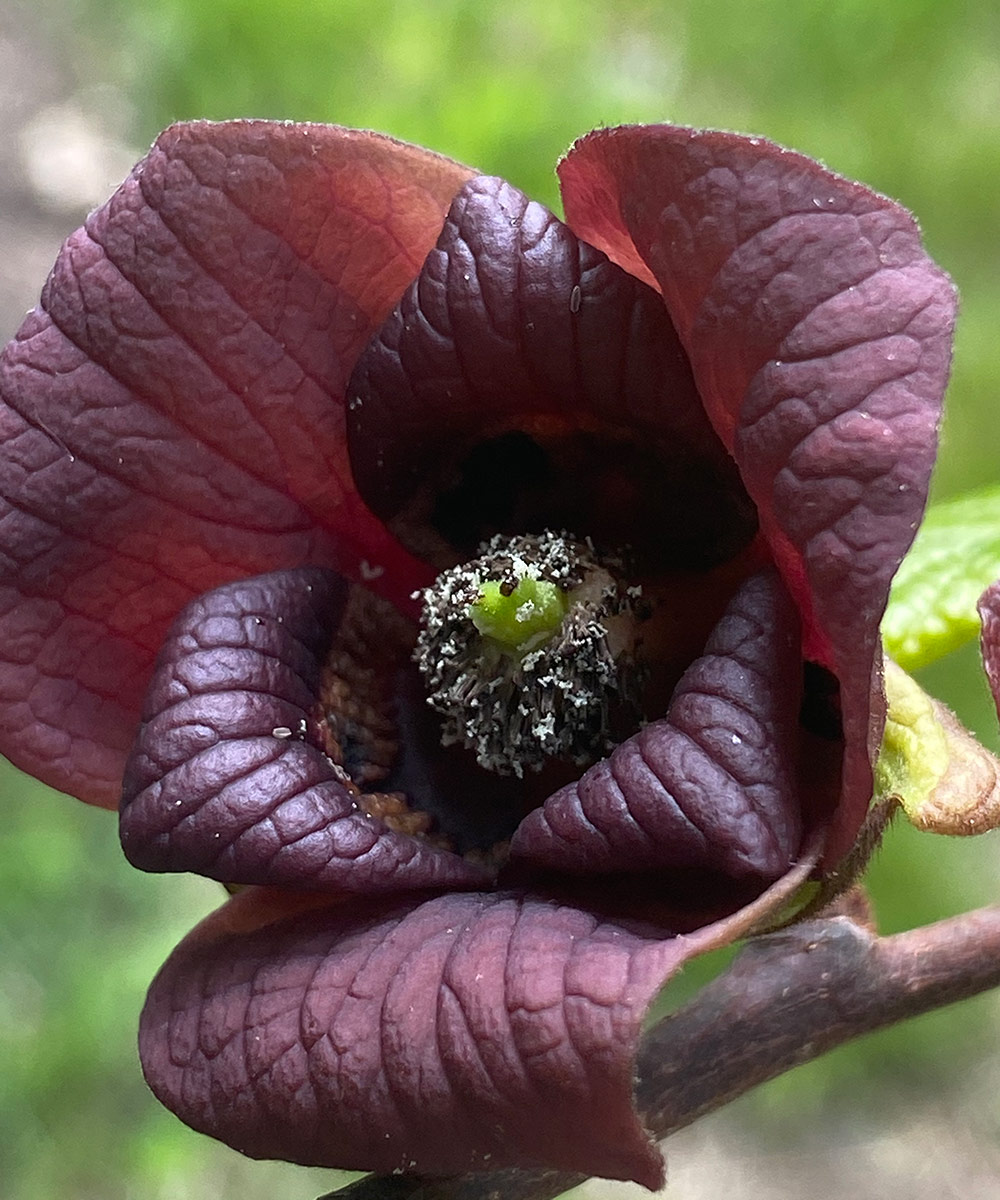 One of those “strange-looking burgundy flowers” that Allyson and Scott described. And, indeed, these curious little blooms seem a world away from the often-delicate flowers of many other fruit trees. But for someone looking for something a little more out-of-the-norm, this would be a great addition to a garden… that is, if you agree with Allyson and Scott that the smell isn’t too bad.
One of those “strange-looking burgundy flowers” that Allyson and Scott described. And, indeed, these curious little blooms seem a world away from the often-delicate flowers of many other fruit trees. But for someone looking for something a little more out-of-the-norm, this would be a great addition to a garden… that is, if you agree with Allyson and Scott that the smell isn’t too bad.
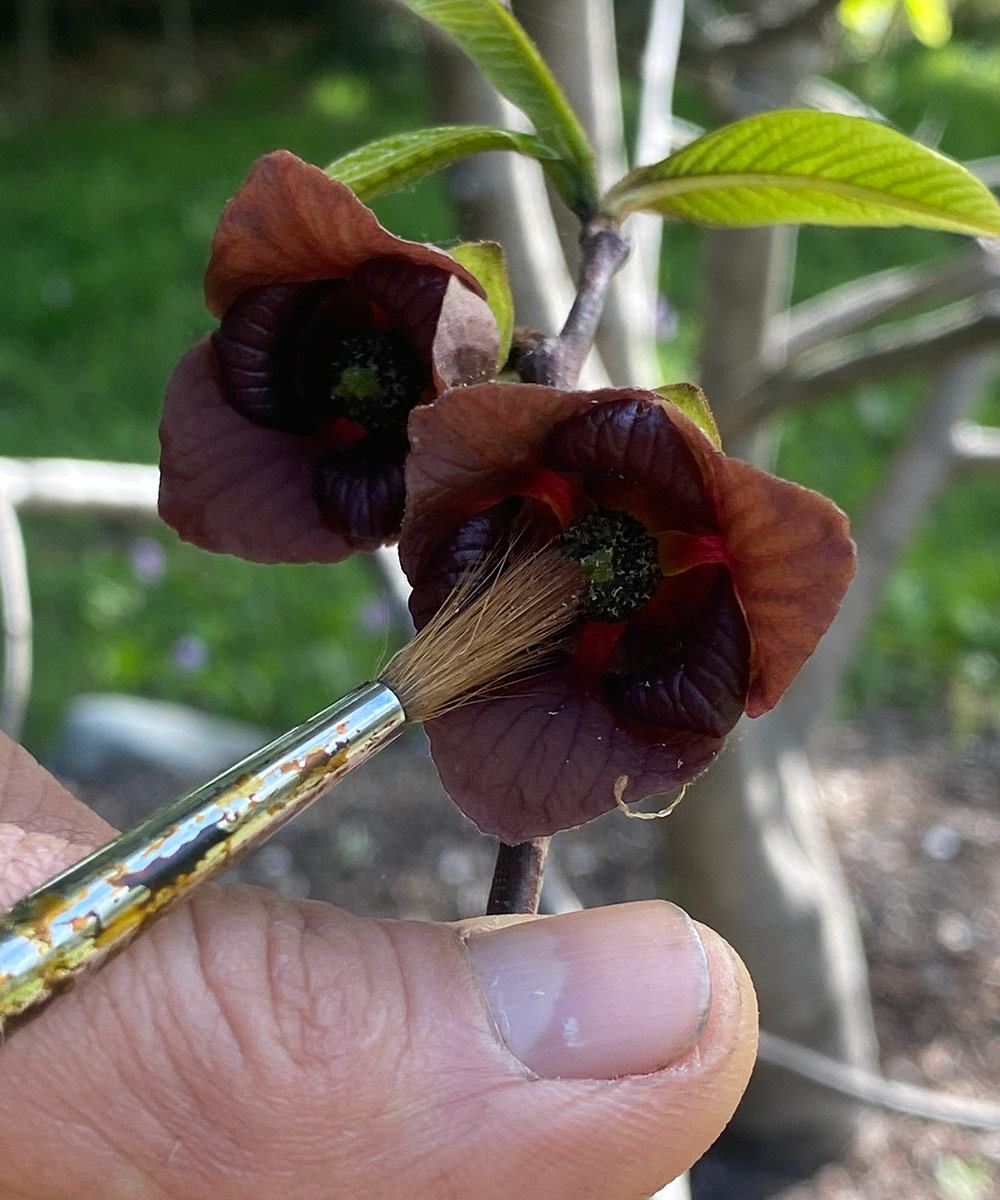
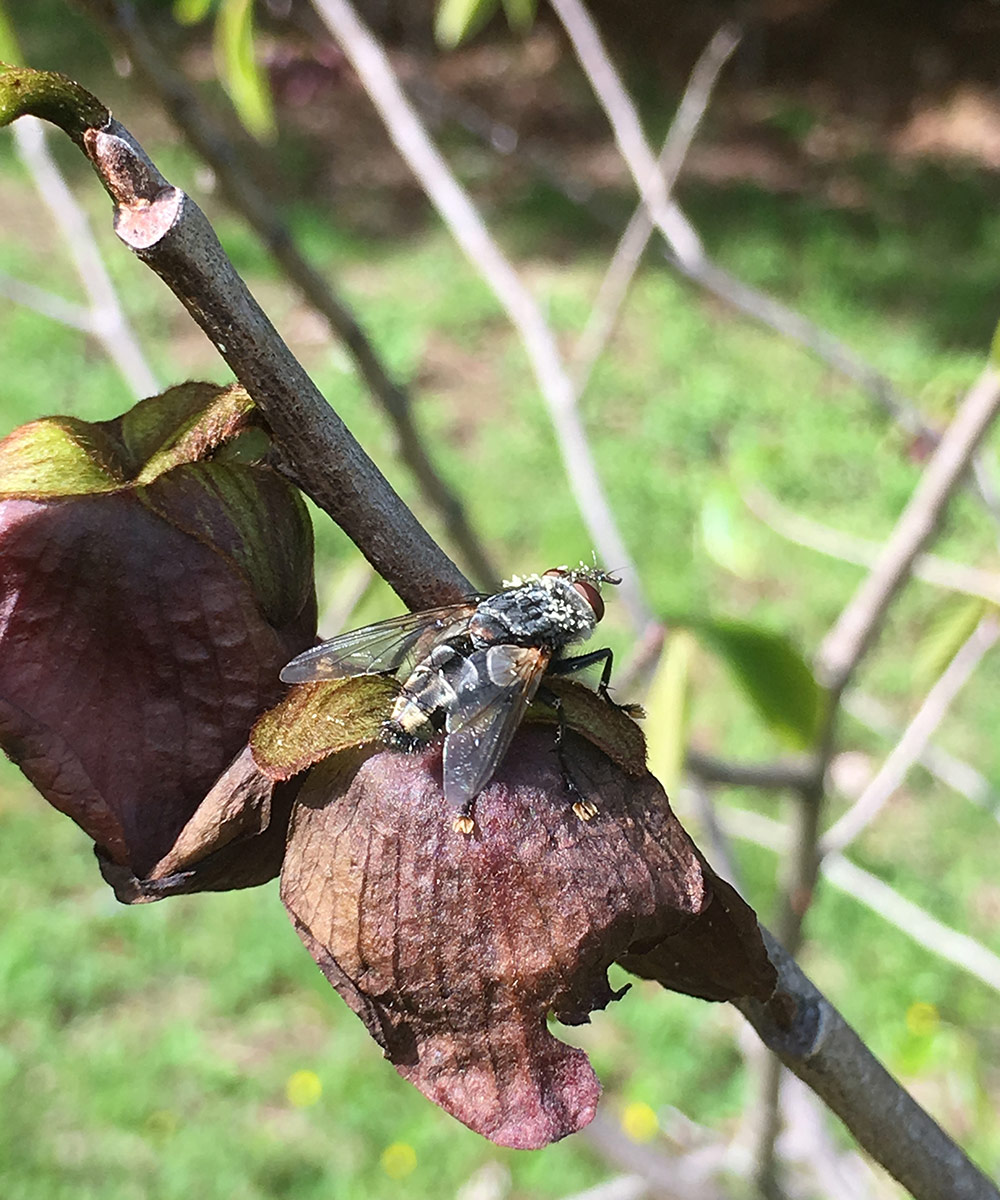 With that being said, there is something so satisfying about seeing a pollinator at work. As Allyson and Scott mentioned, flies are the main pollinator for pawpaw and you’ll likely never see a bee fly toward their stinky blooms. I am seeing some sources say some beetles will also pollinate pawpaw, but the paintbrush method does seem to be used by most everyone that grows these interesting trees.
With that being said, there is something so satisfying about seeing a pollinator at work. As Allyson and Scott mentioned, flies are the main pollinator for pawpaw and you’ll likely never see a bee fly toward their stinky blooms. I am seeing some sources say some beetles will also pollinate pawpaw, but the paintbrush method does seem to be used by most everyone that grows these interesting trees.
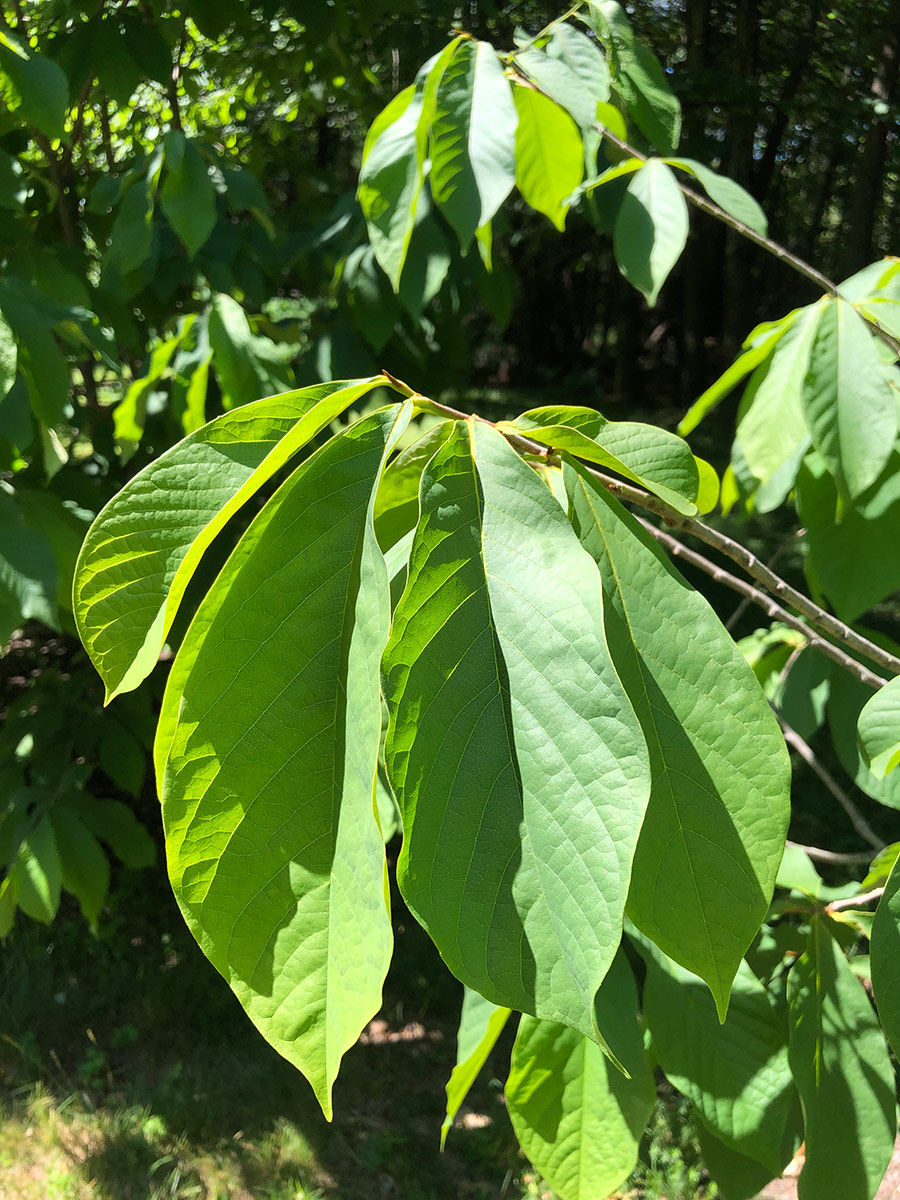
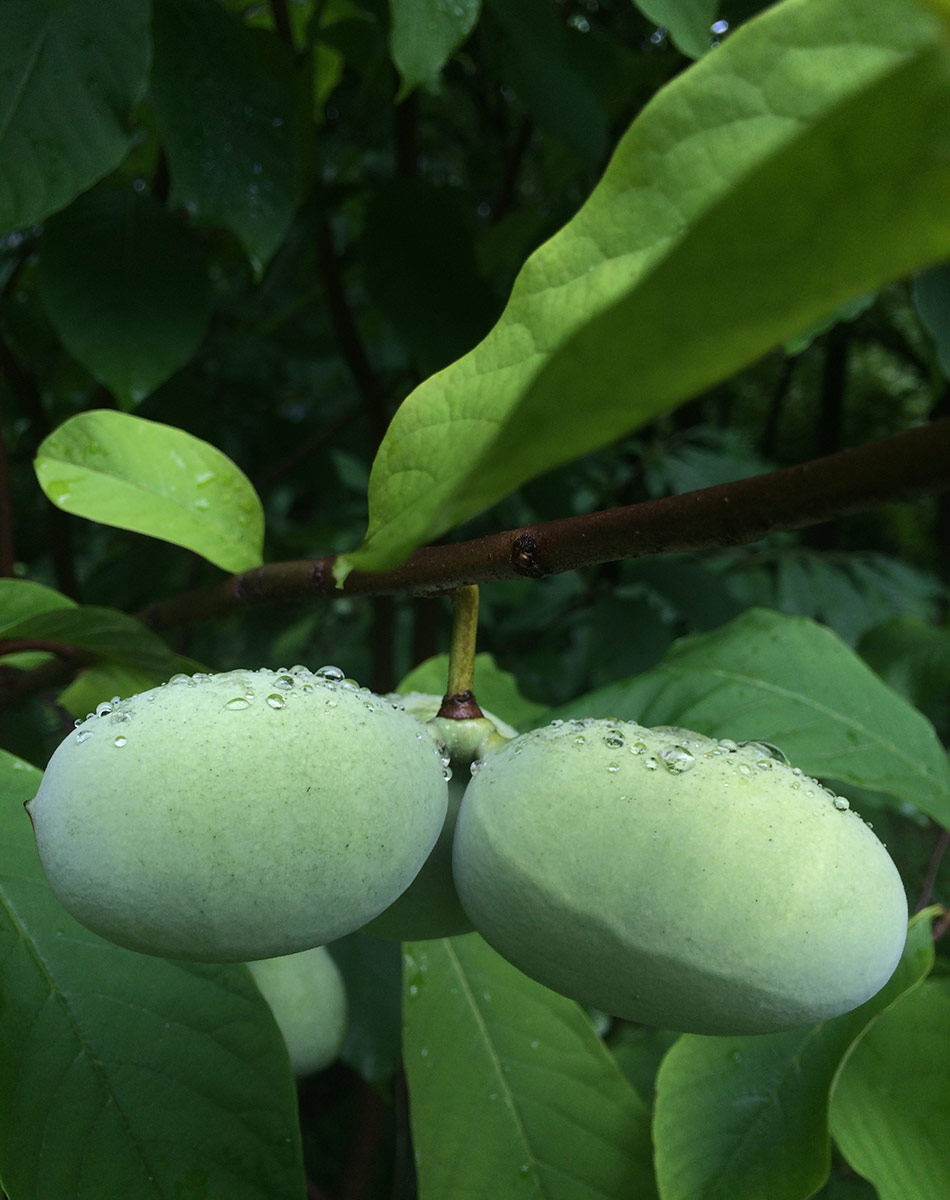
The more the fruit ripens, the more out-of-this-world they look. It’s like the oddest bunch of bananas you’ve ever seen.

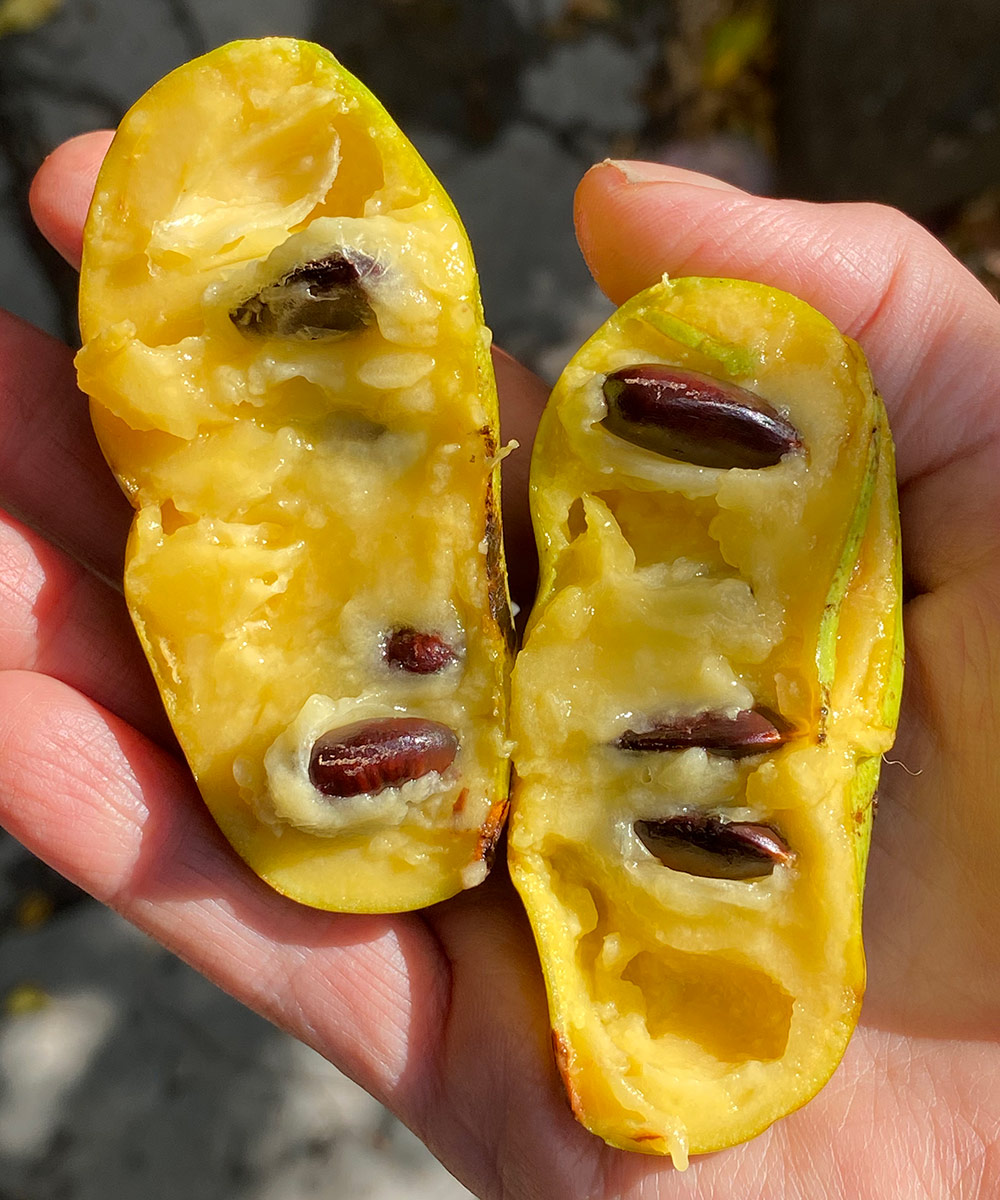
Thank you Allyson and Scott for such an insightful and informative submission! While I’m not quite ready to plant pawpaw of my own, I’m already itching to get up to New York to check out your land and try one of these incredible fruits.
Photos: courtesy of Hortus Arboretum and Botanical Garden
Have a garden you’d like to share?
Have photos to share? We’d love to see your garden, a particular collection of plants you love, or a wonderful garden you had the chance to visit!
To submit, send 5-10 photos to [email protected] along with some information about the plants in the pictures and where you took the photos. We’d love to hear where you are located, how long you’ve been gardening, successes you are proud of, failures you learned from, hopes for the future, favorite plants, or funny stories from your garden.
Have a mobile phone? Tag your photos on Facebook, Instagram or Twitter with #FineGardening!
Do you receive the GPOD by email yet? Sign up here.
Fine Gardening Recommended Products

Corona High Performance Orchard Loppers
Fine Gardening receives a commission for items purchased through links on this site, including Amazon Associates and other affiliate advertising programs.

DeWalt Variable-Speed Cordless Reciprocating Saw with 6-Piece Saw Blade Set
Fine Gardening receives a commission for items purchased through links on this site, including Amazon Associates and other affiliate advertising programs.
- 18.31 x 6.13 x 4 inches
- 1-1/8-inch stroke length
- Variable speed trigger with 0-3000 spm
- DW4856 Metal/Woodcutting Reciprocating Saw Blade Set, 6-Piece

ARS Telescoping Long Reach Pruner
Fine Gardening receives a commission for items purchased through links on this site, including Amazon Associates and other affiliate advertising programs.



















Comments
Great feature! Margaret Roach of the NYT also featured this garden back in June.
I planted the self-pollinating pawpaw cultivar “Sunflower” in my suburban backyard. It is indeed self-pollinating and does lend a tropical facet to the garden. I have found this tree to be very resilient - for two consecutive years the frost has killed the blossoms however, it rebloomed a few weeks later! And the fruit is delicious eaten out of hand, as a flavor for homemade ice cream, or included in smoothies.
Thanks for sharing your experience!
Very interesting!
That's an amazing accomplishment! Very impressive!
Log in or create an account to post a comment.
Sign up Log in